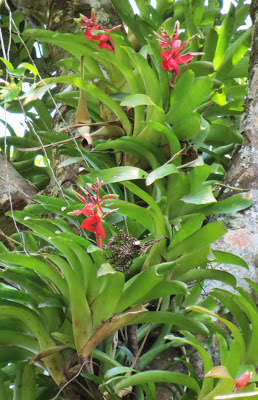What is wrong with extinction?
What is wrong with the BBC article below? http://www.bbc.co.uk/news/science-environment-21866456 Reading this BBC article a few days ago deeply distressed me. Not because it induced some terrible revelation or caused any dark new ideas to surface: what distressed me was its appalling quality, especially for the standards of the BBC. This is an article which is cast into the domain of the public as informative; and those without a better understanding of the subject may see sense in it. However, the subject of the article was either very poorly researched or completely misunderstood by its author, for the reasons I express below and more I will not entertain myself exposing. This is not a case of opening a well-reasoned debate or expressing all possible points of view, but an attempt to challenge profound ideas with some absurd superficial arguments, perhaps in hope his conclusion will appear fresh and controversial. At least he nears the right track towar...


